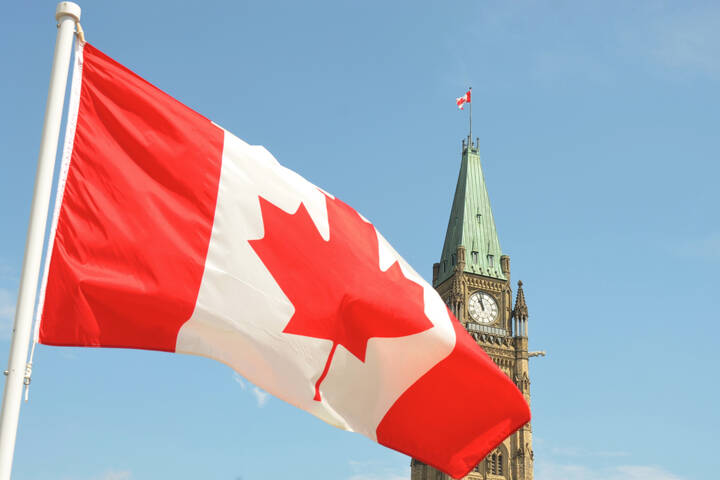
What students in Canada need to know before they apply for the CESB
The Canada Emergency Student Benefit (CESB) has recently been proposed to help post-secondary students and recent grads who felt snubbed by the income support being offered to Canadians through the Canada Emergency Response Benefit (CERB) and Employment Insurance (EI).
The program, which is due to offer $1,250 of federal funds per month to students who have lost existing or future employment opportunities because of the pandemic, is still in the process of being approved by Parliament (as Bill C-15) at the time of publication.
But before students start making plans to apply as soon as the online portal to do so becomes available, they should make sure they meet the criteria for the financial aid.
Post-secondary students 📢 the #GoC is introducing a 4-month Canada Emergency Student Benefit #CESB!
— Employment and Social Development Canada (@ESDC_GC) April 24, 2020
If you don’t qualify for #CERB, you could receive $1,250 per month between May and August 2020 🗓️.
Find out more here: https://t.co/JDYv4K2pq8 #COVID19 #EconomicResponse pic.twitter.com/t6FGoturpd
Firstly, students must ensure that they are not receiving nor eligible for the CERB or EI before applying for the CESB. If they are, they should continue with one of those two programs and should not cancel and apply for the CESB instead.
Secondly, they must be either actively enrolled in a post-secondary education program leading to a degree, diploma, or certificate in Canada, or have just completed their studies during or sometime after December 2019.
High school graduates who were due to start post-secondary programs in the coming months and Canadian citizens studying abroad also qualify if their work opportunities have been impacted by COVID-19 and they meet the above criteria. International students are not eligible.
Here is how Bill C-15 defines student. Note, not a single mention of international students. This bill would need to be amended to include them - it has to be a statutory, or legislative, change not a regulatory one like the amount of funds. pic.twitter.com/QGJ66zS9ss
— Brandon Rhéal Amyot (@BrandonAmyot) April 29, 2020
Also, students must be able to show that they have lost their employment — either completely or partially, if they are now earning less than $1,000 per month — and/or have been unable to find employment due to the coronavirus during the four-week period for which they apply for the CESB.
Students with disabilities or dependents should note that they may be able to receive up to an additional $750 a month through the program.
Like with the CERB, applicants will have to reapply every four weeks. Applications via the Canada Revenue Agency are due to open in May, and eligible recipients will be able to access the assistance for a maximum of four months, until August 2020.
🚨 MORE #COVID19 RELIEF FOR STUDENTS 🚨@CASAACAE is excited to see that the federal government has announced a comprehensive and generous support package for students! It includes a new 👨🎓Emergency Benefit & a doubling of Student Grants!
— CASA | ACAE (@CASAACAE) April 22, 2020
📰https://t.co/TJVm7f2JE7
Prime Minister Justin Trudeau has also promised the advent of up to 116,000 new summer jobs and placements for students, as well as a grants to pay those who choose to do volunteer work during the health crisis as part of his $9 billion aid package for students.
Existing student grants will also be doubled next academic year in light of this year's difficulties, and student loan maximums will likewise be increased.
"The future of our economy and our country relies on the opportunities and support we provide to Canadian students today. To promote a sustainable economic recovery, we need a strong workforce and good job opportunities for young people," Trudeau said in a statement.
"That means giving them the support they need to continue their studies and encouraging them to serve their communities."
Bill C-15 is expected to be passed by the Senate on May 1.
Latest Videos
Join the conversation Load comments







